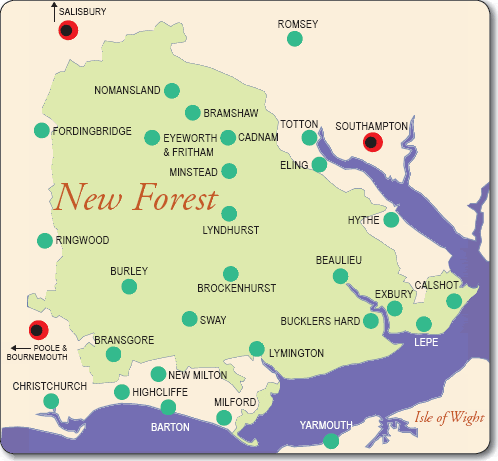I spent many happy, formative days exploring its heathland, streams, woods and glades. Our boyhood days in the forest were captured by Bill Scammell in his poem `Green over Blue` -
But the rights of the commoners (turbary, pannage, estovers, marl etc.) by which the people of the Forest have maintained their way of life have been guarded by the Court of Verderers from their offices in Lyndhurst, the acknowledged `capital` of the Forest, whilst the Agisters have looked after the welfare and management of the Forest animals.
These days, whilst those traditional forms of `authority` are thankfully still in business, there is also the Forestry Commission, with responsibilites for the good management of the Forest and, of course, the usual suspects of Parish, District and County council. But more recently, yet another form of authority has arrived on the scene - the unelected National Park Authority. And it is this outfit that is the cause of `down in the Forest something stirs.`
All roads led to Wilverley Plain, near Brockenhurst, on Saturday as the Forest staged one of the biggest protests the area has ever seen. An estimated 2,000 protesters staged a demonstration to show their anger at proposals they claim would destroy their way of life.
The massive show of strength was organised by the newly formed pressure group Forest Uprising, which is battling ideas put forward by the New Forest National Park Authority. These ideas, forming part of the Park Authority`s 370-page long Recreation Management Plan, include creating `dog-free` car parks in the Forest, introducing yet more stringent restrictions on equestrian activities and charging motorists to use the Forest roads. All of which is severely miffing the British Horse Society, the New Forest Tourism Board, local MPs, local councils, residents and businesses. Just about enyone, in fact, who lives, works or visits the Forest for whatever reason.


No comments:
Post a Comment